Puente Woryeonggyo (월영교)
5.5Km 2024-07-18
Sanga-dong, Andong-si, Gyeongsangbuk-do.
Abierto en 2003, el puente Woryeonggyo (de 387 metros de largo y 3,6 metros de ancho) es el camino pedestre de su tipo en madera más largo de Corea. El puente tiene una leyenda, que habla de una viuda que hizo un par de zapatos de cáñamo a partir de su cabello, mientras sentía la muerte de su esposo. En conmemoración de su pureza y lo noble de su amor, el puente fue designado en el estilo de mituri (cáñamo). En el centro del puente se ubica el pabellón Woryeongjeong.
MUSE (뮤즈)
5.6Km 2021-03-26
231, Seokju-ro, Andong-si, Gyeongsangbuk-do
+82-54-841-2573
It is a good place for the perfect sauce and crispy Korean pork cutlet. The best menu at this restaurant is pork cutlet. This Western dishes restaurant is located in Andong-si, Gyeongsangbuk-do.
Ongcheon 21segi Jjinppang (옹천21세기찐빵)
5.6Km 2021-03-24
959-7, Gyeongbuk-daero, Andong-si, Gyeongsangbuk-do
+82-54-859-7058
This is a place where you can enjoy unique steamed bread at an affordable price. This restaurant's signature menu is steamed bun with red bean filling. This Korean dishes restaurant is located in Andong-si, Gyeongsangbuk-do.
Donkkojjukka (돈꼬쭈까)
5.7Km 2021-03-30
5, Madeul 6-gil, Andong-si, Gyeongsangbuk-do
+82-54-822-0022
It is a hidden restaurant frequently visited by locals in Andong. This restaurant's signature menu is pork back-bone hot pot. This Korean dishes restaurant is located in Andong-si, Gyeongsangbuk-do.
Kimjeongsun Myeonginui Jip(김정순명인의집)
5.7Km 2021-04-09
3, Madeul, 6-gil, Andong-si, Gyeongsangbuk-do
+82-54-823-2588
This is a restaurant where you can eat the dishes made by the winner of the Korean cooking contest. This Korean dishes restaurant is located in Andong-si, Gyeongsangbuk-do. The most famous menu is spicy catfish stew.
Yennal Dwaeji Gukbap (옛날돼지국밥)
5.8Km 2021-03-24
1010-2, Gyeongdong-ro, Andong-si, Gyeongsangbuk-do
+82-54-821-3700
A place where you can enjoy a variety of gukbap (rice soup). The best menu at this restaurant is pork and rice soup. This Korean dishes restaurant is located in Andong-si, Gyeongsangbuk-do.
Hakbongjongtaek [Korea Quality] / 학봉종택 [한국관광 품질인증]
5.8Km 2023-04-13
2830-6, Pungsantaesa-ro Seohu-myeon, Andong-si, Gyeongsangbuk-do
+82-54-852-2087, +82-10-6811-1106
'Hakbong Head House is the head house of the Uiseong Kim clan and was originally built near Sogyeseodang Village School by Kim Gwang-chan, an 8th-generation descendant of Hakbong Kim Seong-il, in 1762. In 1964, the house was moved to its current location.
The main building (bonchae) was extended from a ‘ㅁ’-shaped structure to a ‘巳’–shape structure. The anchae (women’s quarters) consists of a daecheong (main floored room) measuring 2-kan (a unit of measurement referring to the distance between two columns) on the right, an anbang measuring 2-kan on the left, and kitchen at the end. The upper part of the low-ceilinged kitchen has a gobang (storeroom) in which household goods used to be stored. The daecheong is large compared to the overall size of the house because head houses usually held many ancestral rites.
The Hakbong Head House has an impressive modern garden that was created during construction work carried out when the house was relocated after the Japanese colonial era. The well-maintained garden with its fantastically-shaped trees and rocks also serves as a venue for musical concerts on a regular basis. Guests will surely be fascinated to find out about the history of the people who once inhabited this house and dedicated themselves to the country in times of trouble.
Wang Jjamppong (왕짬뽕)
6.0Km 2021-03-26
5, Supjaengi-gil, Andong-si, Gyeongsangbuk-do
+82-54-823-5989
A place where you can enjoy various Chinese dishes. This Chinese (cuisine) restaurant is located in Andong-si, Gyeongsangbuk-do. The most famous menu is spicy seafood noodle soup.
Museo Folclórico de Andong (안동민속박물관)
6.1Km 2022-10-05
Minsokchon-gil 13, Andong-si, Gyeongsangbuk-do.
El Museo Folclórico de Andong es donde se pueden experimentar la cultura confuciana y los juegos tradicionales de Corea. La ciudad de Andong es famosa por la cultura confuciana y las cuatro ceremonias tradicionales (las ceremonias de la juventud, el matrimonio, el funeral y el culto a los antepasados). Aquí, los visitantes pueden ver el estilo de vida de los antiguos coreanos. El museo interior se divide en tres salas de exposición. En la Sala de Exhibición 1, se proyecta un vídeo que explica el nacimiento de un ser humano hasta su infancia. En la 2, el proceso de cómo se llega a ser adulto, hasta su muerte. En la Sala de Exhibición 3, la vida cotidiana y los juegos tradicionales se muestran a través de miniaturas. Incluyendo herramientas de labranza antiguas y el proceso de toma de tela, las reliquias populares de este museo se suman a 3.700 artefactos. También hay un sistema visual de vídeos. Después de ver las exposiciones interiores, la exposición al aire libre es un complejo de parques, con casas rurales tradicionales y bienes culturales. También podrá ver una muestra que representa el estilo de vida de Andong, con casas de piedras con techo de paja y un molino de agua.
Pueblo Folclórico de Andong (안동민속촌)
6.1Km 2024-05-09
Seonggok-dong, Andong-si, Gyeongsangbuk-do.

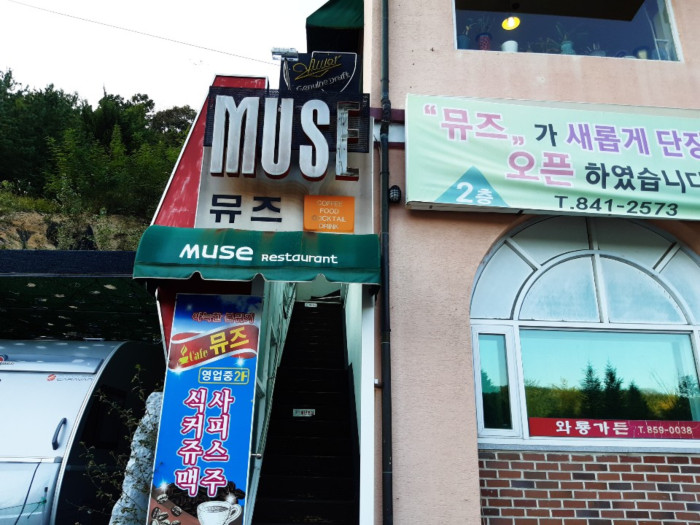
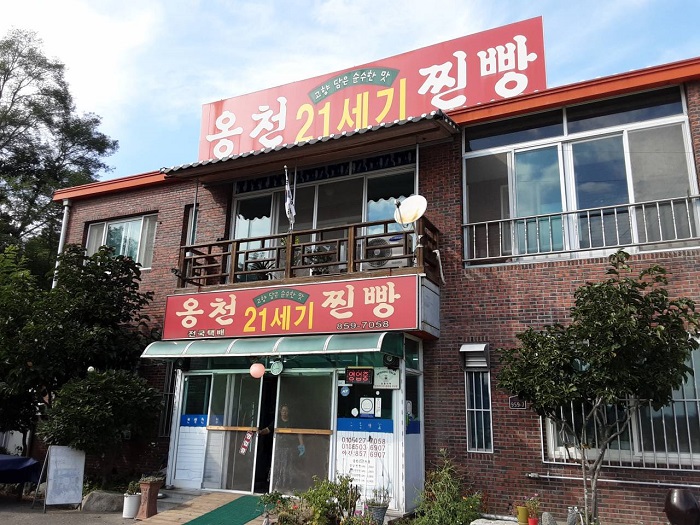
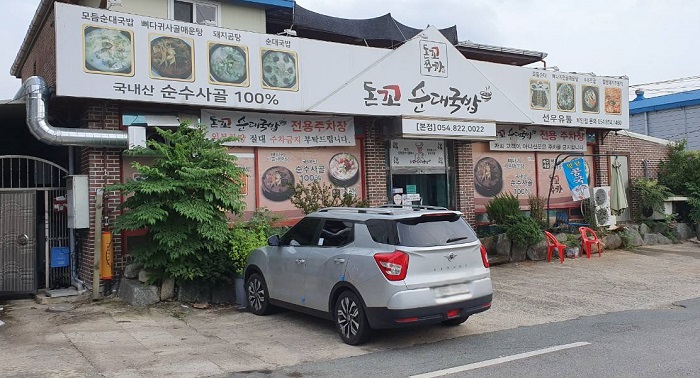
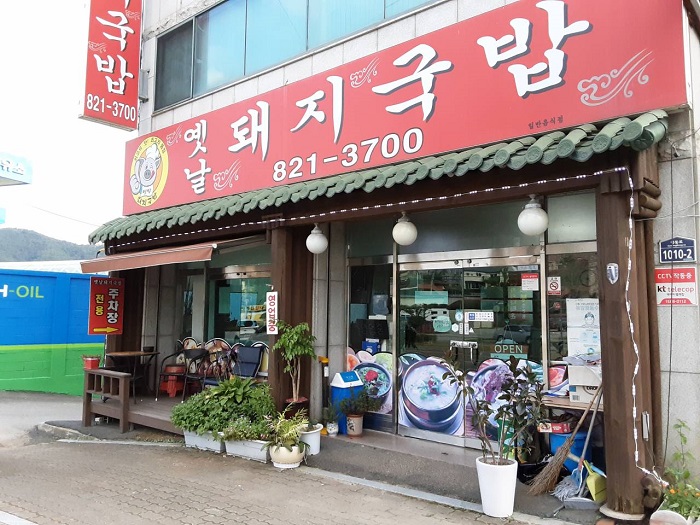
![Hakbongjongtaek [Korea Quality] / 학봉종택 [한국관광 품질인증]](http://tong.visitkorea.or.kr/cms/resource/87/2579587_image2_1.jpg)
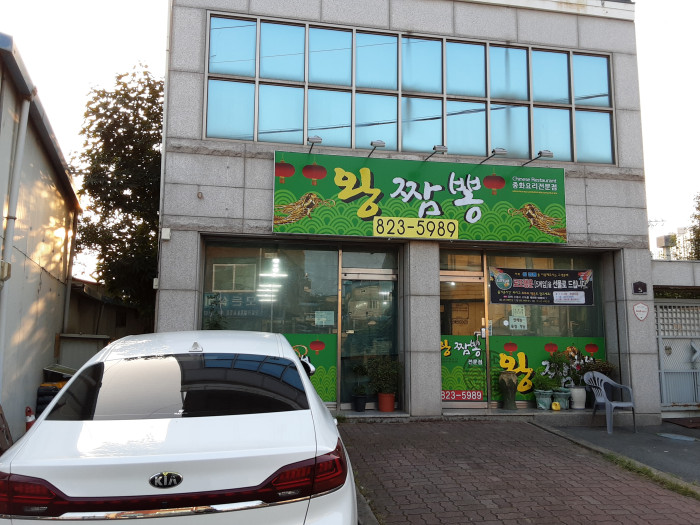
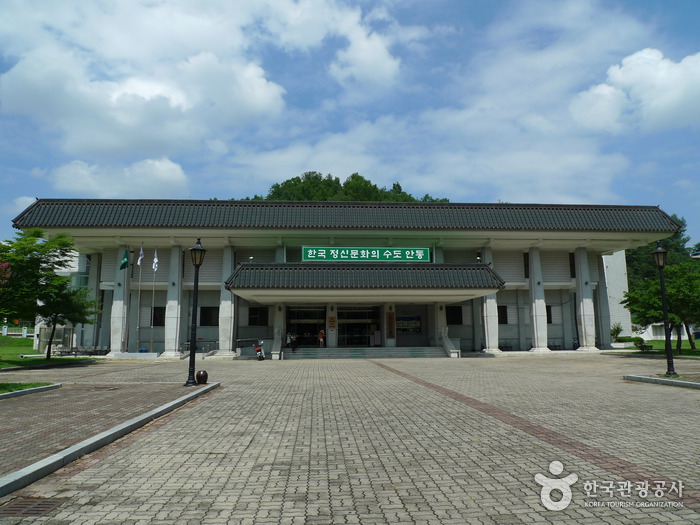
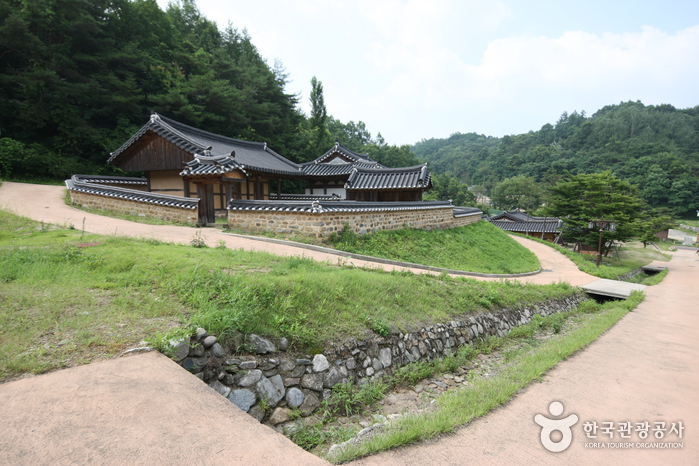
 Español
Español
 한국어
한국어 English
English 日本語
日本語 中文(简体)
中文(简体) Deutsch
Deutsch Français
Français Русский
Русский